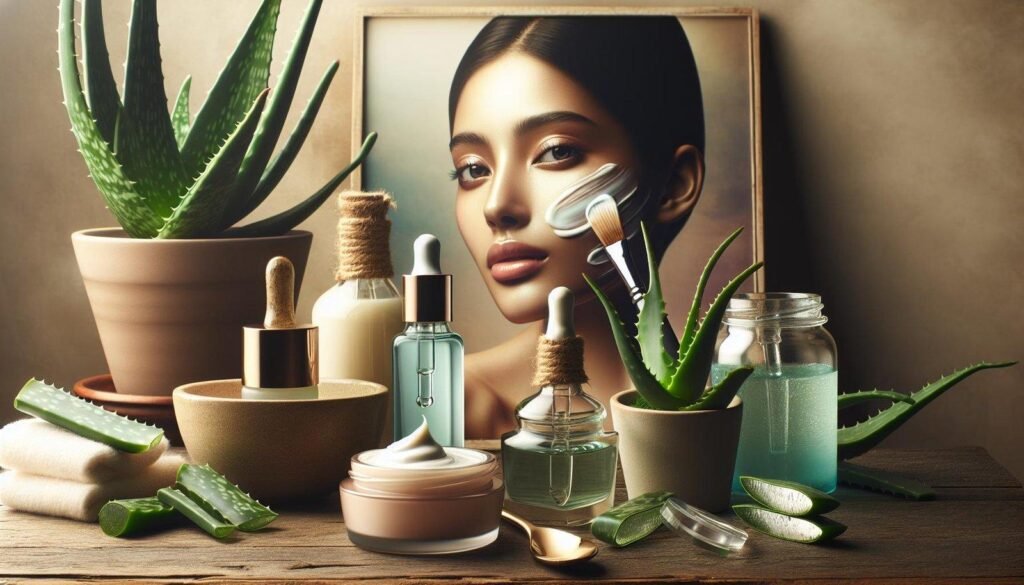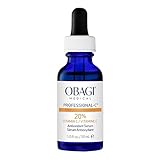After a chemical peel, your skin enters a delicate phase of renewal and recovery. Choosing the right skincare products during this time is crucial to support healing, soothe irritation, and enhance results. In this article, we’ll guide you through the best post-peel skincare practices, helping you protect your refreshed complexion and maintain a healthy glow. Whether you’re new to peels or looking to optimize your aftercare routine, understanding what to use – and what to avoid – can make all the difference.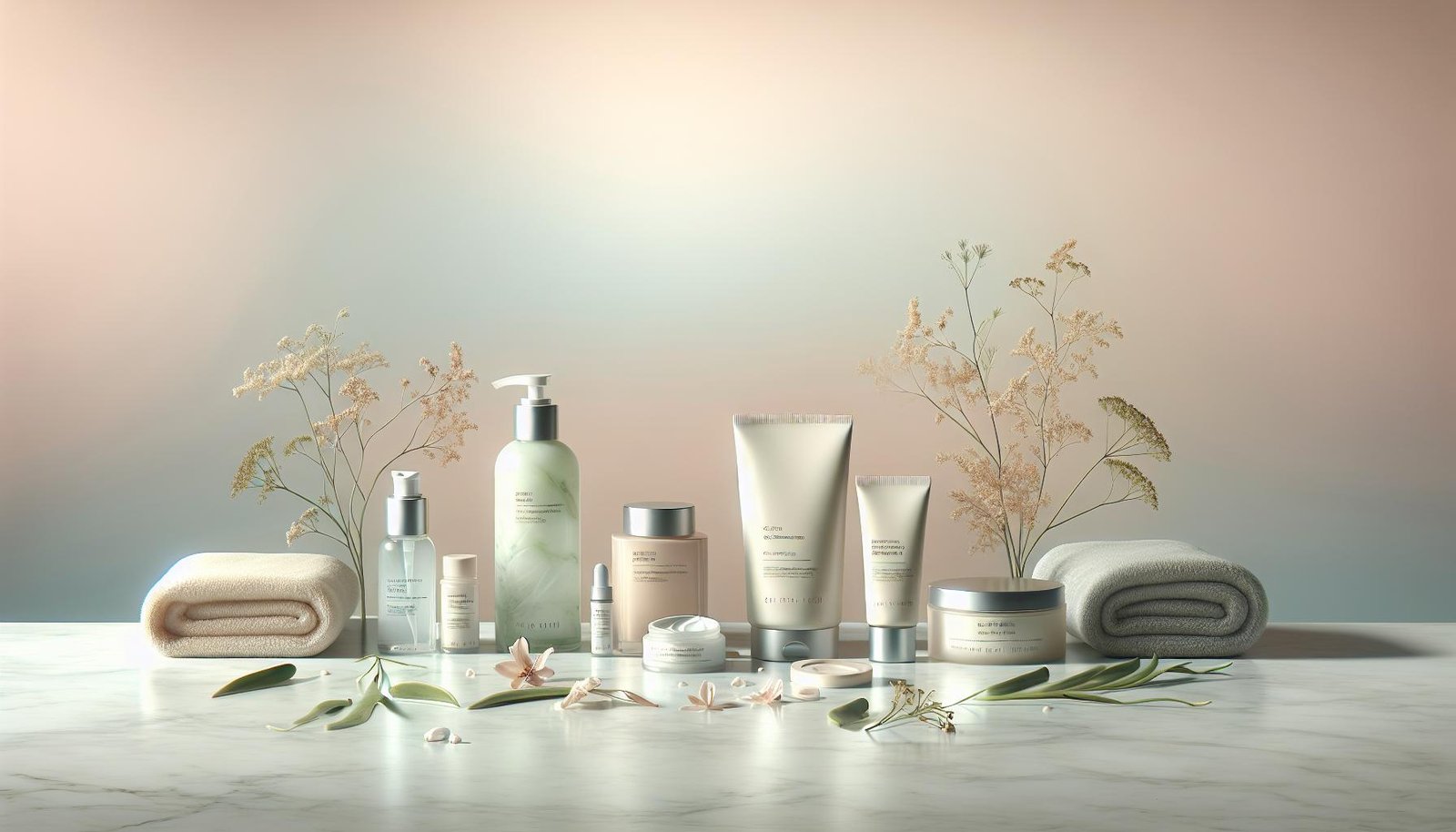
Choosing Gentle Cleansers to Protect Sensitive Skin Post-Peel
Last update on 2025-10-12 / Affiliate links / Images from Amazon Product Advertising API
After a chemical peel, your skin becomes highly sensitive and delicate, making the choice of cleanser crucial for proper healing and protection. Opt for products that are fragrance-free, hypoallergenic, and non-comedogenic to avoid irritation and clogged pores. Gentle formulations with soothing ingredients like aloe vera, chamomile, or rose water can help calm redness and inflammation without stripping the skin’s natural oils. Avoid harsh exfoliants, sulfates, or alcohol-based cleansers, as these can exacerbate dryness and cause discomfort during the recovery period.
To simplify your post-peel skincare, here’s a swift guide to what to look for and what to avoid in your cleansing routine:
- Look For: Cream or lotion-based cleansers, micellar water, mild pH-balanced formulas
- Avoid: Scrubs, foaming cleansers with sulfates, heavily fragranced or colored products
- Tip: Use lukewarm water and gently pat your skin dry with a soft towel, never rub harshly.
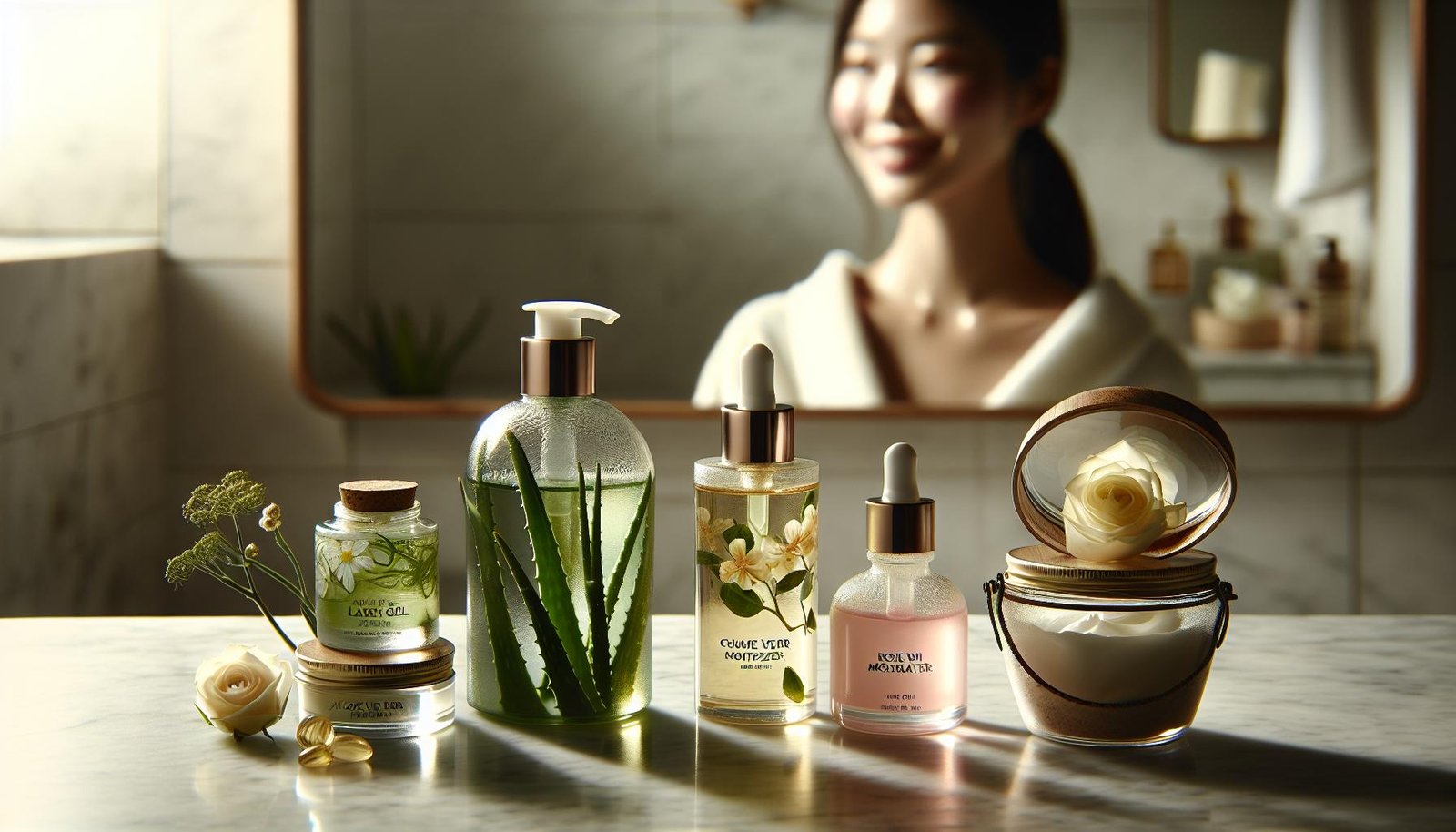
The Importance of Hydration and Moisturizing Ingredients
After a chemical peel,your skin’s natural barrier is temporarily compromised,making hydration an absolute priority. Deeply moisturizing ingredients help to restore this barrier, preventing irritation, flakiness, and excessive dryness. Opt for products containing hyaluronic acid, which attracts and retains moisture in the skin, or glycerin, a humectant that locks in hydration. These ingredients work synergistically to soothe and replenish the skin’s moisture levels, accelerating the healing process while keeping your complexion plump and agreeable.
Choosing the right moisturizing components not only hydrates but also supports skin repair. Look for formulations that include:
- Ceramides: To rebuild the protective lipid layer
- Panthenol (Vitamin B5): For anti-inflammatory benefits and enhanced healing
- Natural oils (like jojoba or squalane): To provide gentle occlusion without clogging pores
These ingredients form a balanced approach, locking in moisture and delivering crucial nourishment without overwhelming the skin. Maintaining this hydration balance reduces peeling discomfort and improves overall skin texture post-peel.
| Ingredient | Primary Benefit | Why It’s Great Post-Peel |
|---|---|---|
| Hyaluronic Acid | Hydration | Attracts moisture, keeps skin plump |
| Ceramides | Barrier Repair | Strengthens skin’s protective layer |
| Panthenol | Healing | reduces redness & promotes repair |
| Jojoba Oil | Moisturizing | Non-comedogenic, soothing |
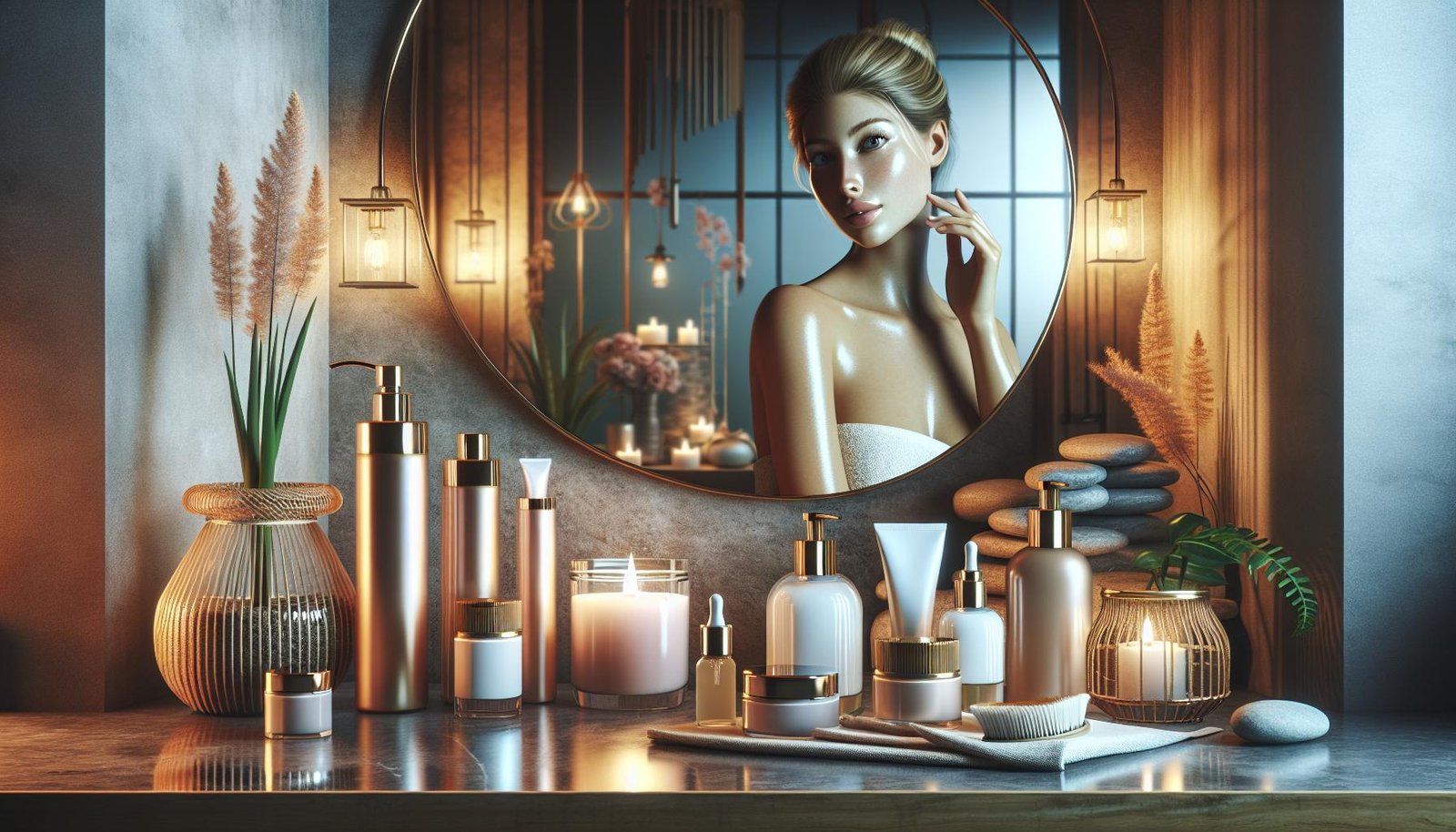
Using Sunscreen to Prevent Further Skin Damage
After a chemical peel, your skin becomes substantially more sensitive to UV rays, making protection from the sun absolutely essential. Applying a broad-spectrum sunscreen with at least SPF 30 can effectively shield your skin from harmful UVA and UVB rays, preventing further damage and supporting the healing process. Choose sunscreens formulated for sensitive or post-procedure skin to avoid irritation and ensure optimal comfort.
Key tips for sunscreen use post-peel:
- Apply sunscreen 15 minutes before going outside to give it time to absorb.
- Reapply every 2 hours, especially if you’re sweating or exposed to water.
- Use a generous amount, about a teaspoon for the face and a shot glass amount for the body.
- Consider physical blockers like zinc oxide or titanium dioxide for gentle, effective protection.
| type of Sunscreen | Ideal Features | Recommended SPF |
|---|---|---|
| Physical (Mineral) | Gentle, non-irritating, natural zinc oxide or titanium dioxide | 30+ |
| Chemical | Lightweight, absorbs quickly, broad-spectrum filters | 30+ |
Last update on 2025-10-12 / Affiliate links / Images from Amazon Product Advertising API
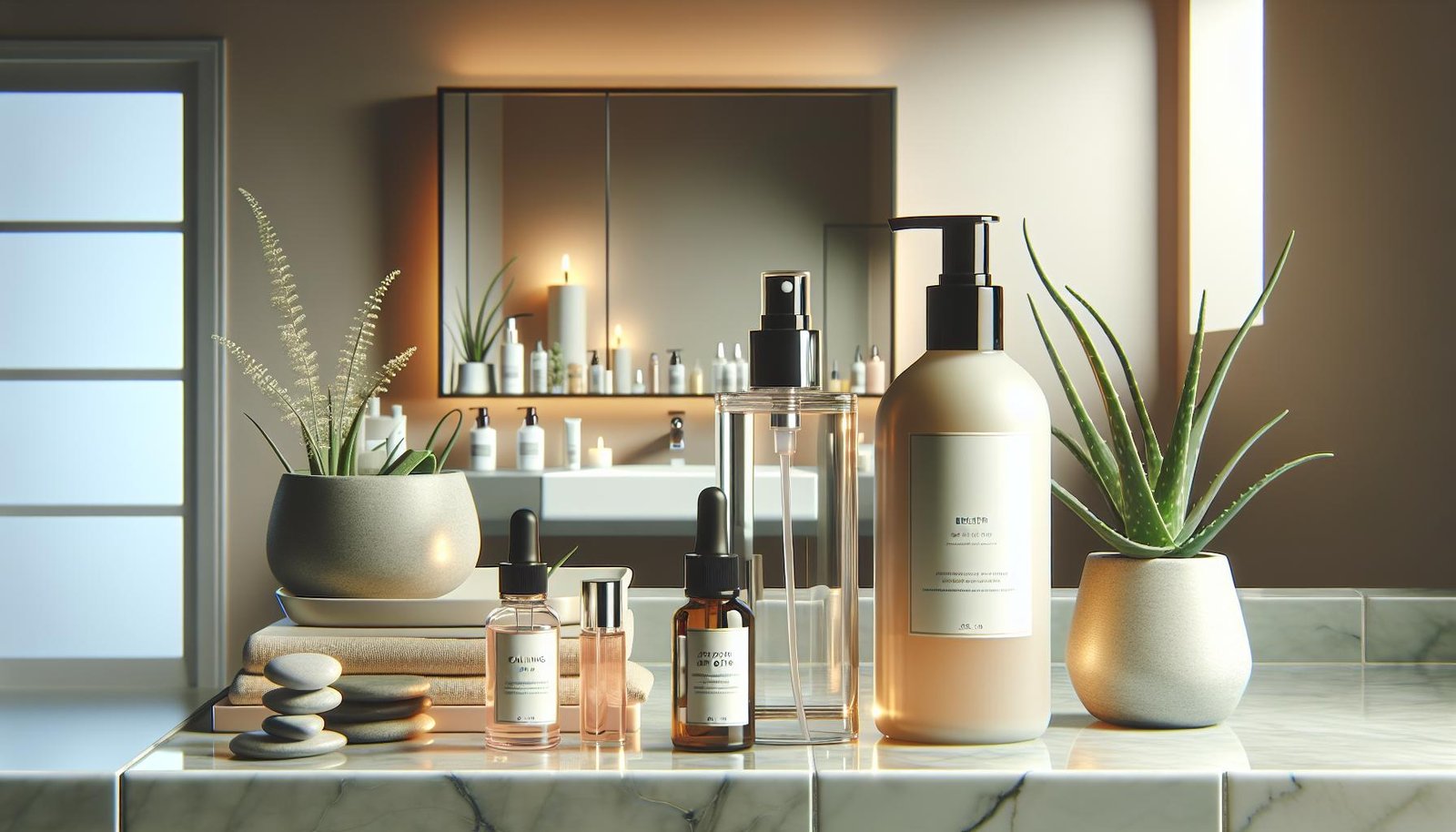
Avoiding Active Ingredients That Can Irritate your Skin
After a peel, your skin is in a delicate state and more prone to irritation. It’s crucial to steer clear of harsh ingredients that might disrupt the healing process or worsen redness and sensitivity. Avoid products containing alcohol, fragrances, and essential oils, as these can strip moisture and cause unnecessary inflammation. Additionally, strong active ingredients like retinoids, alpha hydroxy acids (AHAs), and beta hydroxy acids (BHAs) should be temporarily halted until your skin fully recovers.
To help you identify common irritants to avoid, here’s a quick guide:
- Alcohol (denatured, SD alcohol) – dries out and weakens skin barrier
- Fragrances and perfumes – lead to allergic reactions or irritation
- Essential oils – potent compounds that can sensitize post-peel skin
- retinol and retinoids – accelerate cell turnover, too aggressive post-peel
- Exfoliating acids (AHAs, BHAs) – further exfoliation can cause over-sensitivity
| Ingredient | Why Avoid? |
|---|---|
| Alcohol | Dries and irritates the skin |
| Fragrances | Cause allergic responses |
| Essential Oils | Increase sensitivity |
| Retinoids | Too harsh post-peel |
| AHAs/BHAs | Over-exfoliate damaged skin |
Q&A
Q&A: What Skincare to Use After a Chemical Peel?
Q: What should I expect instantly after a chemical peel?
A: After a chemical peel, your skin may feel tight, sensitive, and appear red or flaky. This is normal as your skin begins to heal and regenerate. It’s important to treat your skin gently during this time.
Q: Can I wash my face right after a peel?
A: Usually, it’s recommended to wait several hours before washing your face, but follow your dermatologist’s or esthetician’s specific instructions. When washing, use a mild, gentle cleanser with lukewarm water to avoid irritation.Q: What type of moisturizer is best after a chemical peel?
A: Choose a fragrance-free, hydrating moisturizer that supports skin repair. Ingredients like ceramides, hyaluronic acid, and aloe vera are soothing and help lock in moisture without clogging pores.
Q: Should I use active ingredients like retinol or vitamin C after a peel?
A: It’s best to avoid strong active ingredients like retinol, alpha hydroxy acids (AHAs), and vitamin C for at least a week or as directed by your skincare professional. These can irritate the sensitive, healing skin.
Q: Is sunscreen necesary after a chemical peel?
A: Absolutely. Your skin will be more sensitive to the sun after a peel and at higher risk for sunburn. Use a broad-spectrum sunscreen with at least SPF 30 daily, even if you’re indoors, and reapply frequently when outside.
Q: How long does it take for my skin to fully recover after a peel?
A: Recovery times vary depending on the strength of the peel. A light peel may take a few days, whereas deeper peels can require one or two weeks.During this time, continue using gentle, nourishing skincare products and avoid picking or scrubbing your skin.Q: Can I wear makeup after a chemical peel?
A: it’s best to wait until your skin has healed from any redness or peeling before wearing makeup. When you do,opt for non-comedogenic,gentle products and always remove makeup carefully at the end of the day.
Q: what if I experiance unusual pain or prolonged irritation?
A: If you have severe discomfort, swelling, or signs of infection, contact your dermatologist immediately. These could be signs of an adverse reaction that needs medical attention.
Remember, the key to post-peel skincare is gentle care and sun protection to help your skin heal beautifully and avoid complications!
To Conclude
choosing the right skincare after a peel is essential to support your skin’s healing process and maximize the benefits of your treatment. Opt for gentle, hydrating products that soothe and protect your newly revealed skin, while avoiding any harsh ingredients that could cause irritation. Remember to prioritize sun protection and give your skin the time it needs to recover fully. With the proper post-peel care, you’ll enjoy a smoother, brighter complexion and maintain the health of your skin long after the peel has healed. Always listen to your skin and consult with your dermatologist if you have any concerns or questions along the way.

